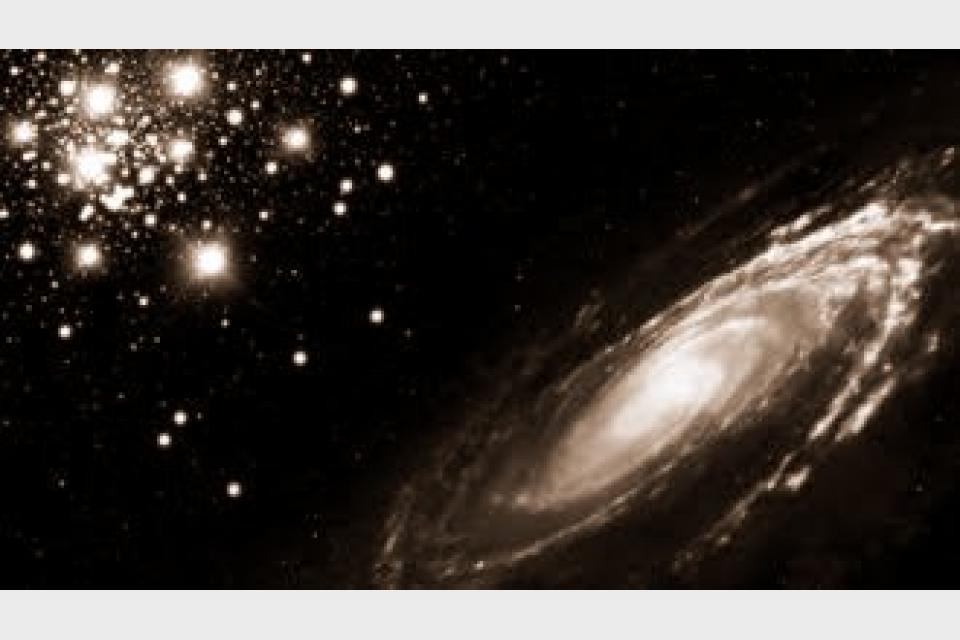Fragmenting planets sweeping extremely close to their stars might be the cause of mysterious cosmic blasts of radio waves.
Milliseconds-long fast radio bursts, or FRBs, erupt from distant cosmic locales. Some of these bursts blast only once and others repeat. A new computer calculation suggests the repetitive kind could be due to a planet interacting with its magnetic host star, researchers report in the March 20 Astrophysical Journal.
FRBs are relative newcomers to astronomical research. Ever since the first was discovered in 2007, researchers have added hundreds to the tally. Scientists have theorized dozens of ways the two different types of FRBs can occur, and nearly all theories include compact, magnetic stellar remnants known as neutron stars. Some ideas include powerful radio flares from magnetars, the most magnetic neutron stars imaginable. Others suggest a fast-spinning neutron star, or even asteroids interacting with magnetars.
“How fast radio bursts are produced is still up for debate,” says astronomer Yong-Feng Huang of Nanjing University in China.
Huang and his colleagues considered a new way to make the repeating flares: interactions between a neutron star and an orbiting planet. Such planets can get exceedingly close to these stars, so the team calculated what might happen to a planet in a highly elliptical orbit around a neutron star. When the planet swings very close to its star, the star’s gravity pulls more on the planet than when the planet is at its farthest orbital point, elongating and distorting it. This “tidal pull,” Huang says, will rip some small clumps off the planet. Each clump in the team’s calculation is just a few kilometers wide and maybe one-millionth the mass of the planet, he adds.
Then the fireworks start. Neutron stars spew a wind of radiation and particles, much like our own sun but more extreme. When one of these clumps passes through that stellar wind, the interaction “can produce really strong radio emissions,” Huang says. If that happens when the clump appears to pass in front of the star from Earth’s perspective, we might see it as a fast radio burst. Each burst in a repeating FRB signal could be caused by one of these clumps interacting with the neutron star’s wind during each close planet pass, he says. After that interaction, what remains of the clump drifts in orbit around the star, but away from Earth’s perspective, so we never see it again.
Comparing the calculated bursts to two known repeaters — the first ever discovered, which repeats roughly every 160 days, and a more recent discovery that repeats every 16 days, the team found the fragmenting planet scenario could explain how often the bursts happened and how bright they were.
The star’s strong gravitational “tidal” pull on the planet during each close pass might change the planet’s orbit over time, says astrophysicist Wenbin Lu of Princeton University, who was not involved in this study but who investigates possible FRB scenarios. “Every orbit, there is some energy loss from the system,” he says. “Due to tidal interactions between the planet and the star, the orbit very quickly shrinks.” So it’s possible that the orbit could shrink so fast that FRB signals wouldn’t last long enough for a chance detection, he says.
But the orbit change could also give astronomers a way to check this scenario as an FRB source. Observing repeating FRBs over several years to track any changes in the time between bursts could narrow down whether this hypothesis could explain the observations, Lu says. “That may be a good clue.”









